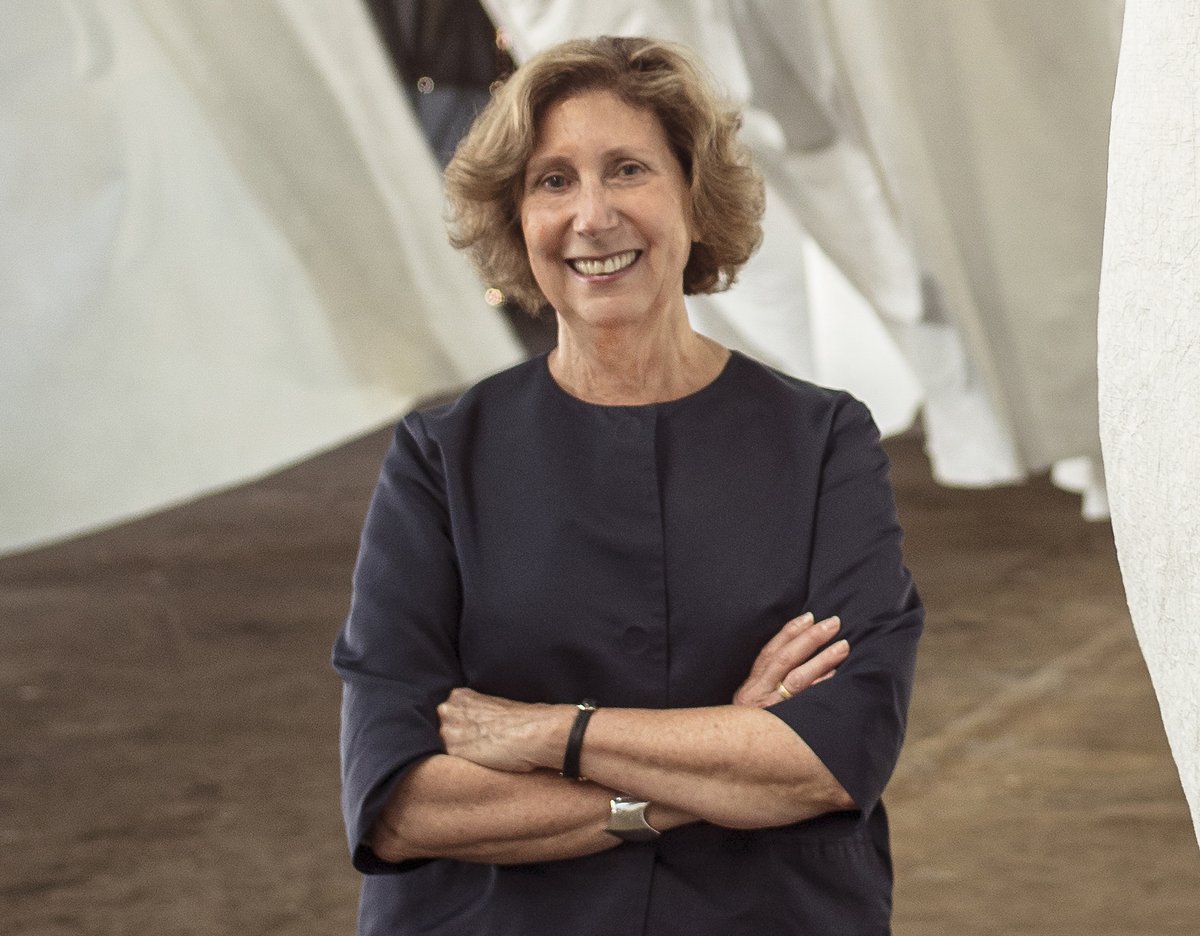Over the course of a 40-plus-year career, I have led both mid-size and small art museums in rural cities and major metropolitan areas. In government I served as director of the Visual Arts Program at the National Endowment for the Arts during the cultural wars and director of Smithsonian Arts at the Smithsonian Institution. The Covid-19 pandemic presents an unparalleled challenge and its impact on museums already has been devastating. Anticipated losses in endowments and income are leading to painful cuts, staff layoffs, furloughs and cancelled programmes. It is a stunned art world.
The fiscal crisis of 2008 taught valuable lessons in survival, but income then was still flowing and recovery was in the foreseeable future. Some museum directors privately acknowledged that the recession presented an opportunity to reshape staff, adjust priorities and focus on what was mission critical. They used the transition from the crisis to develop initiatives that were relevant to their communities but required an infusion of new staff with different skill sets to replace those laid off.
As the newly appointed director and CEO of the Wadsworth Atheneum Museum of Art in Hartford, Connecticut, I was forced to slash the operating budget by over £1m while at the same time preparing for a capital campaign to begin critical renovations at a five-building complex dating from 1842. The Wadsworth’s renovation was eventually completed on budget. That downturn enabled me to shift the museum’s focus to a community engagement initiative that among its social benefits introduced new funding streams, helping us through the long slog to recovery.
Today, art museums must adapt to a dramatically altered culture requiring viable new fiscal and operational models. Visionary leaders must consider innovative ways to keep their institutions afloat and relevant—to inspire their communities, whether local or global. Expensive building projects might be scaled back or put on hold. The clamour to expand after the 2008 recovery should not be repeated and museums might programme outside their walls as they do during building and renovation. Costly commissions with celebrity artists may be curtailed. And a dramatically altered art market will present the opportunity to recalibrate relationships between museums and the commercial art world.
Until there is complete global recovery, museums with large endowments and collections to draw from will be in a better position than small ones that rely solely on contributions from supporters, who themselves will likely experience deep losses. European museums have the advantage of beneficent government support on all levels. In the US, government support generally is a small proportion of a museum’s budget. Emergency support from the federal government will be needed for the duration of the crisis but lags far behind that of many countries. Those dollars can keep smart museums alive for the short term but major new tax incentives for charitable donations are needed long term.
All museums will be analysing their income streams. Large museums that depend on tourism, with high admission and exhibition entry fees, will need to change their models. Small museums that rarely present blockbuster shows nor depend on revenue from admissions have the advantage; they are inherently nimble, used to working with small budgets and tuned into the needs of their more circumscribed communities.
Virtual programmes are now essential for maintaining audiences confined to their homes. They are quickly developed and inexpensive to launch on already existing platforms. Collection-rich museums have already organised virtual tours and educational activities that can be further enhanced when museums reopen. When they do, low-cost dossier exhibitions highlighting a single masterpiece or small group of works from the collection can draw crowds that hunger for the transformational experience of viewing a real work of art.
Governance structures will require adjustment at many museums. Unpredictable times necessitate quick decision-making and cooperation between board and staff leadership. Recognising the need for emergency cash, the Association of Art Museum Directors (AAMD) loosened guidelines on using funds coming from deaccessioned artworks. With the change, institutions using such funds for care of collections will no longer be castigated by AAMD. Likewise, AAMD will no longer censure institutions that use restricted endowment funds, trusts and donations for general operations. Ultimately, these decisions on how to use funds are the charge of museum trustees, but the relaxed rules are helpful to the field during this time of crisis.
The role of culture in our society is already going through a painful change. Galleries will close and artists will lose their sources of income. Many highly trained museum professionals will lose their jobs and some museums won’t make it. The disruption to the art economy will impact all museums that depend on the delicate balance of power between dealers, artists and the collectors who serve on their boards. In the dystopian future, museums must focus on their benefit to a society desperately in need of any solace they can offer.
• The writer is a retired art museum director who led the Wadsworth Atheneum Museum, the Des Moines Art Center, and most recently the Fabric Workshop and Museum in Philadelphia.




